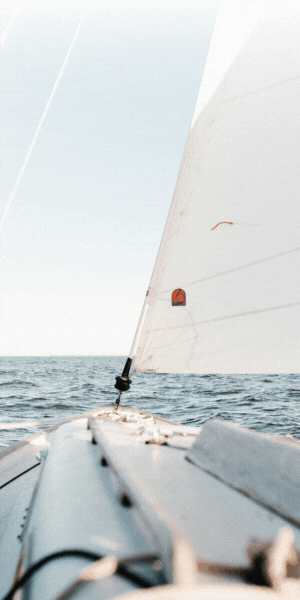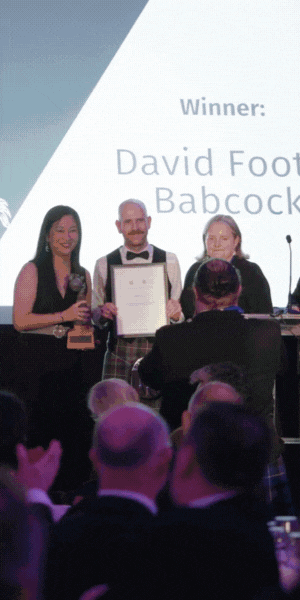The Naval Architect: January 2020
RINA’s first International Wind Propulsion Conference, which took place on 15-16 October 2019, attracted speakers and delegates from Germany, Sweden, the Netherlands, Finland, France, Japan, Spain, USA and UK.
Held in association with the International Windship Association, the event focused upon wind assisted propulsion for conventionally powered ships rather than for fully wind propelled ships.
The first day conference papers were largely devoted to the theoretical analysis and modelling of wind assisted ship propulsion devices using computational fluid dynamics (CFD), test tanks, wind tunnels and mathematical techniques.
CFD modelling is already used to optimise the design of conventional ships but is expensive and does not lend itself to simulating all conditions at reasonable cost. Hardware evaluated included rotor (Flettner) sails and wing sails, but modelling did not indicate which device was best as each ship needs to be modelled individually.
Nor has much work been done on the amount of energy required to manufacture and install wind assistance devices (over and above the energy required to produce the ship) or how soon this would be paid back in energy savings from the ship voyages. The financial cost of the wind assistance installation payback time is dependent on the price of fuel, which can vary greatly during the life of a ship.
In order to maximise the wind benefits, analysis has been modelled using weather forecasting data to ensure that wind assisted ships can take the most wind beneficial route between ports instead of the most direct route taken by non-wind assisted ships.
These are often longer than the shortest routes and longer passage times are required. This would increase the ship running cost per passage and also require more ships for the same throughput of cargo (and additional energy to build more ships).
Conceptual and practical solutions
The second day focused on more practical papers, including a conceptual design for a zero emissions ship. This was a sailing ship fitted with Wind Challenger telescopic sails and an external turbine/propeller. Whist under sail the turbine drives a generator, which produces enough power to create hydrogen from seawater.
The stored hydrogen is then used to generate electricity in low wind conditions via fuel cells to drive the propeller. The paper presented no supporting facts or figures, although the Wind Challenger Sail has been tested on a bulk carrier producing fuel savings of 4-7%. The cost of running such a ship would be independent of fuel price.
Elsewhere, the Matisse Ship Model demonstrated a method of identifying pathways to provide very low emission shipping but remains a highly theoretical model.
Another presentation came from classification society DNV GL, which discussed the benchmarking standards it has developed for sailing ships used for commercial purposes. Experience gained from this has been used to produce a certification standard for Wind Assisted Propulsion Systems fitted to standard ships.
Conclusions
Wind assisted propulsion is still at an early stage. The conference presenters demonstrated that fuel savings of up to 30% might be achieved using wind assisted ship propulsion on slow ships under certain conditions, but evaluations of the different types of wind assist devices have not indicated any clear preferred choice.
The consensus was that a lot more work needs to be done both in the realms of modelling and testing prototype wind assisted systems in the real world.
Currently there appears to be no financial incentive for ship operators to install wind assisted propulsion systems on their ships apart from the unpredictable cost of fuel, which could rise sharply. There are also no penalties for GHG emissions either such as a carbon tax. But financial incentives or GHG emission penalties are likely to encourage the introduction of wind assisted systems.
Work on wind assisted propulsion systems to reduce fuel consumption and ship emissions has gathered momentum. It was suggested that the next conference be held in 18 months to two years’ time, when a greater number of wind propulsion evaluation work has been completed.




